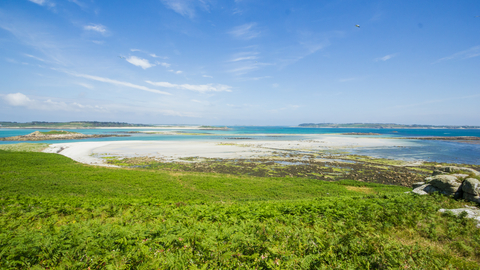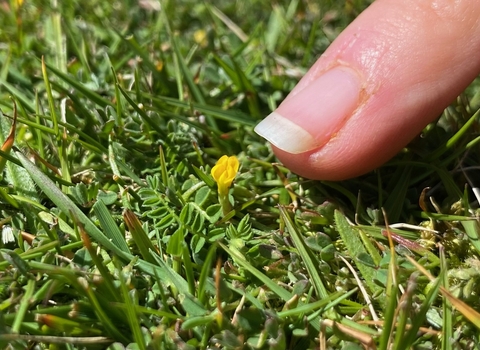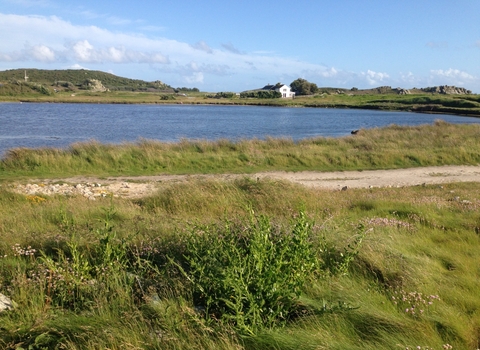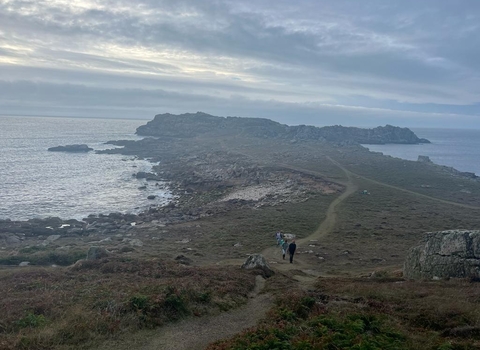Know before you go
Dogs
When to visit
Opening times
Most of the island open year round. Some areas closed during seabird breeding season (31 March - 20 August).Best time to visit
Spring, Summer & AutumnAbout the reserve
Situated southwest of Bryher, the whole of Samson is designated as a SSSI, including the nearby small islands of Puffin Island, Stony Island, Green Island and White Island. It is dominated by two granite hills, separated by a narrow neck of vegetated sand and shingle.
Upon landing on the north eastly sandbank, a colony of pyramid orchids may be seen growing in the dunes. They are fairly large flower that is bright pink in colour and cone-shaped, growing upright out of the grass. Another species found here is the lesser skullcap, which grows in the damp areas of the island, such as near the old Southward Well.
At the summits of both hills, where the vegetation is exposed to south-west prevailing winds, creating ‘waved’ maritime heath dominated by heather and bell heather. This heathland is interspersed with dense stands of bracken and bramble where early Neolithic settlers disrupted the soil to construct several Neolithic tumuli. This scrub descends holds good populations of bluebell in spring, along with red campion and the nationally rare balm-leaved figwort.
Interestingly, some of the vegetation on Samson reflects the long period of human occupation up until 1855, particularly on South Hill will you will find specimens of tamarisk, elder and primrose. Samson and the surrounding small islands are particularly important for their breeding seabirds. The colony of lesser black-backed gull on South Hill is of national importance and is also one of the largest colonies of this species on Scilly.
Samson is the most visited uninhabited island in the archipelago, putting considerable pressure on the island and its fragile wildlife. We try to balance the needs of visitors, whilst trying to maintain a space for nature. We maintain paths and encourage visitors to stick to these, as they will keep you away from the main breeding colonies of seabirds.
We also protect the archaeology on the island, including the many scheduled monuments, which require annual clearance. By removing the scrub, we are also encouraging ground nesting birds to nest, whilst maintaining a degree of cover to minimise disturbance. We also attempt to keep the sand and shingle neck clear of the endless tide of marine debris that is washed up daily with the tide.




